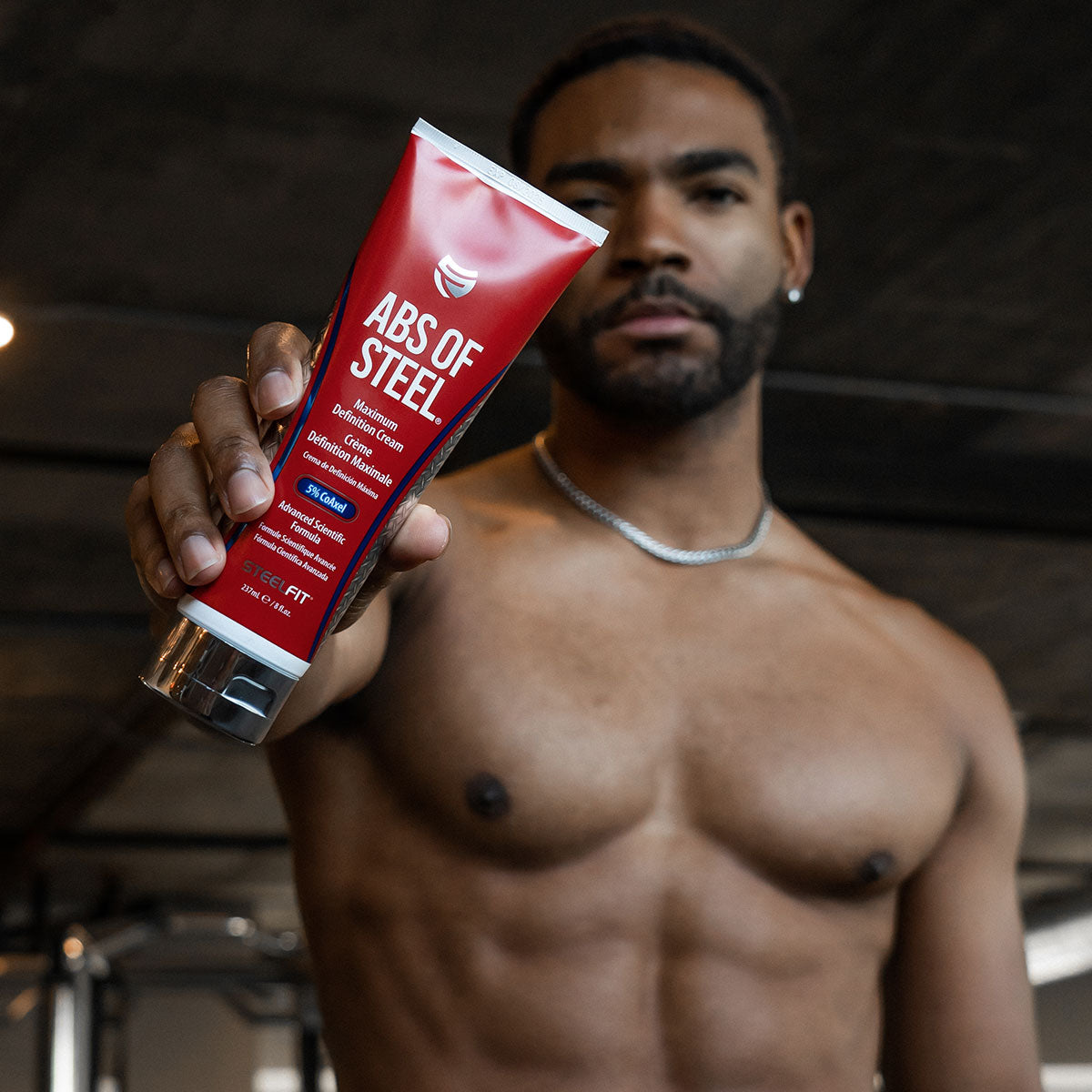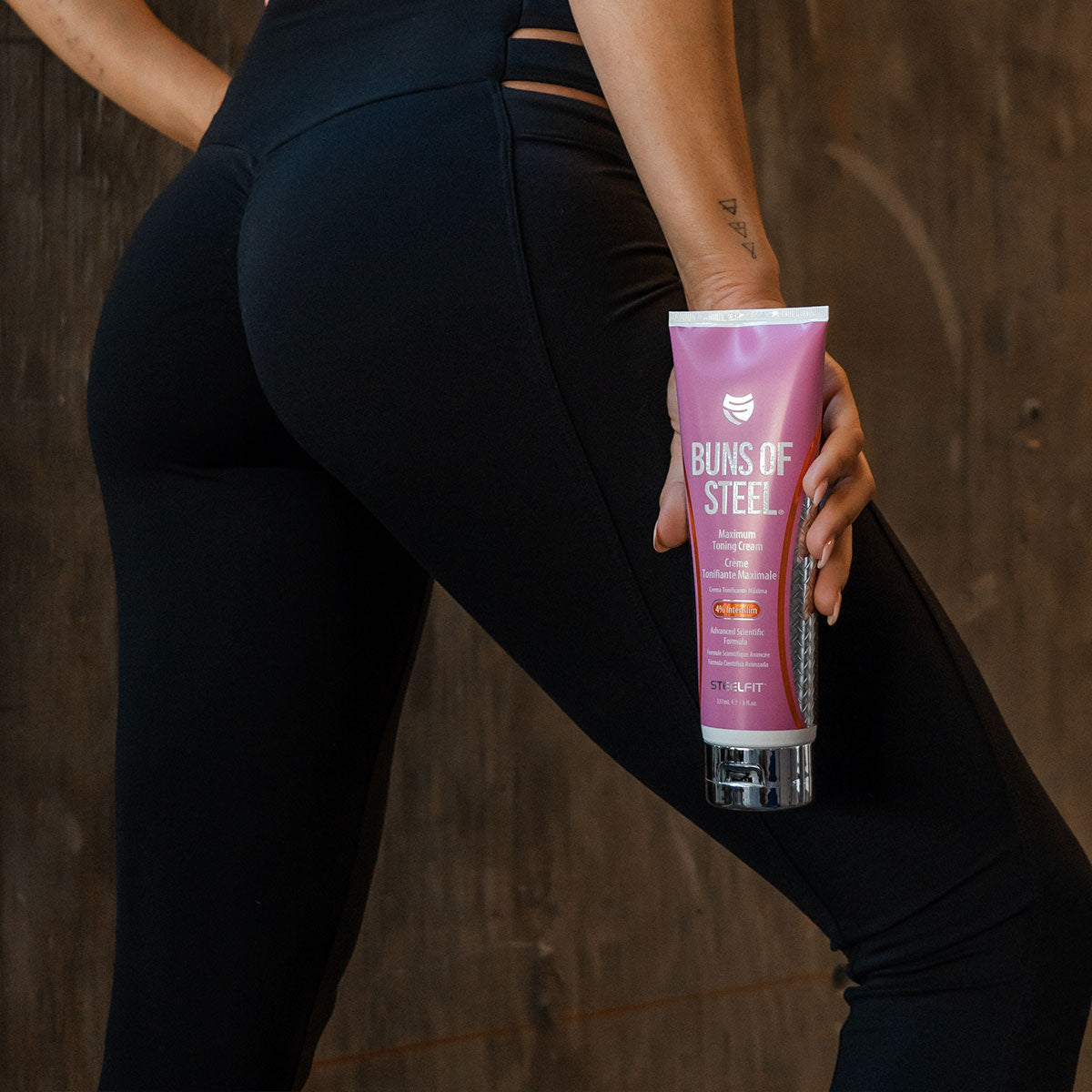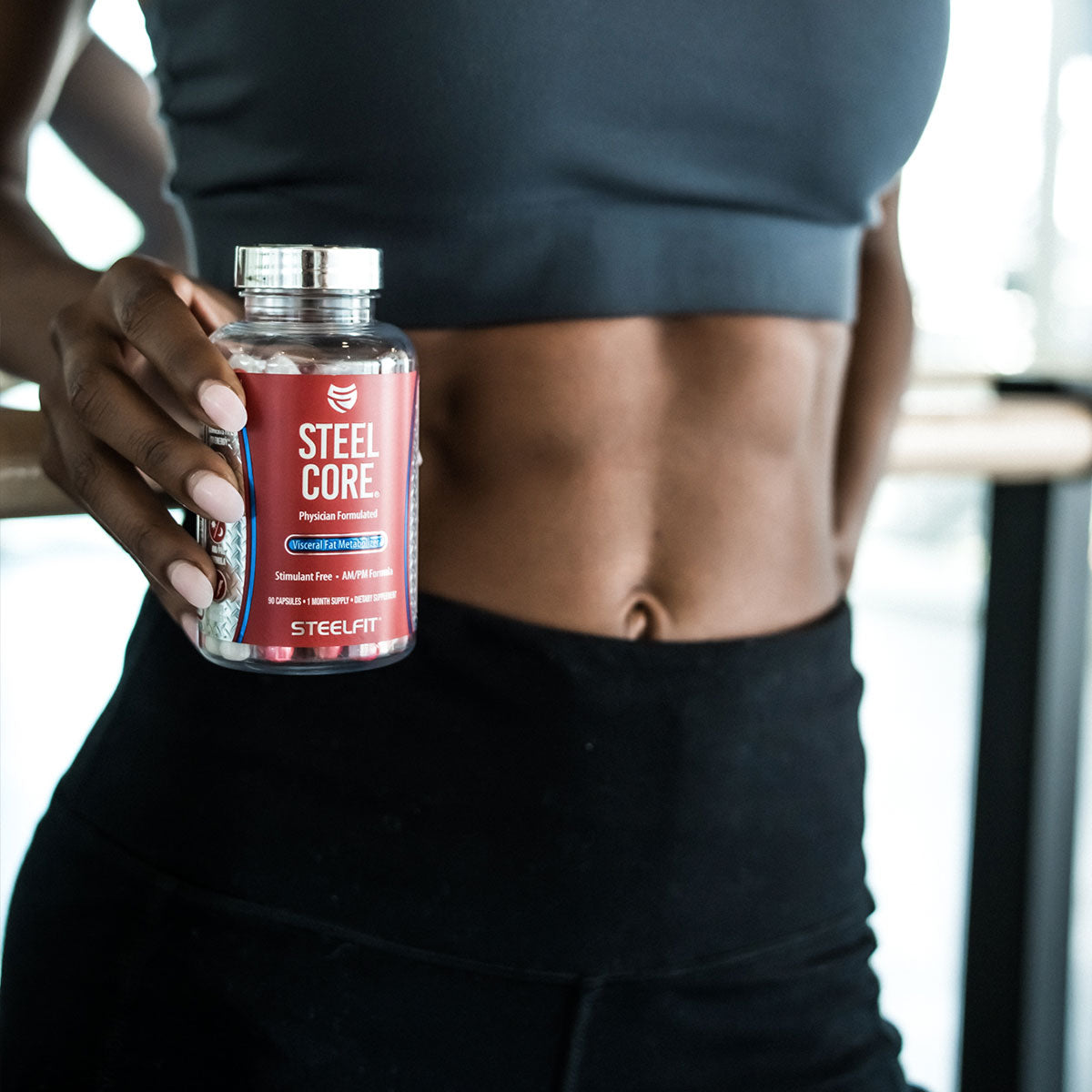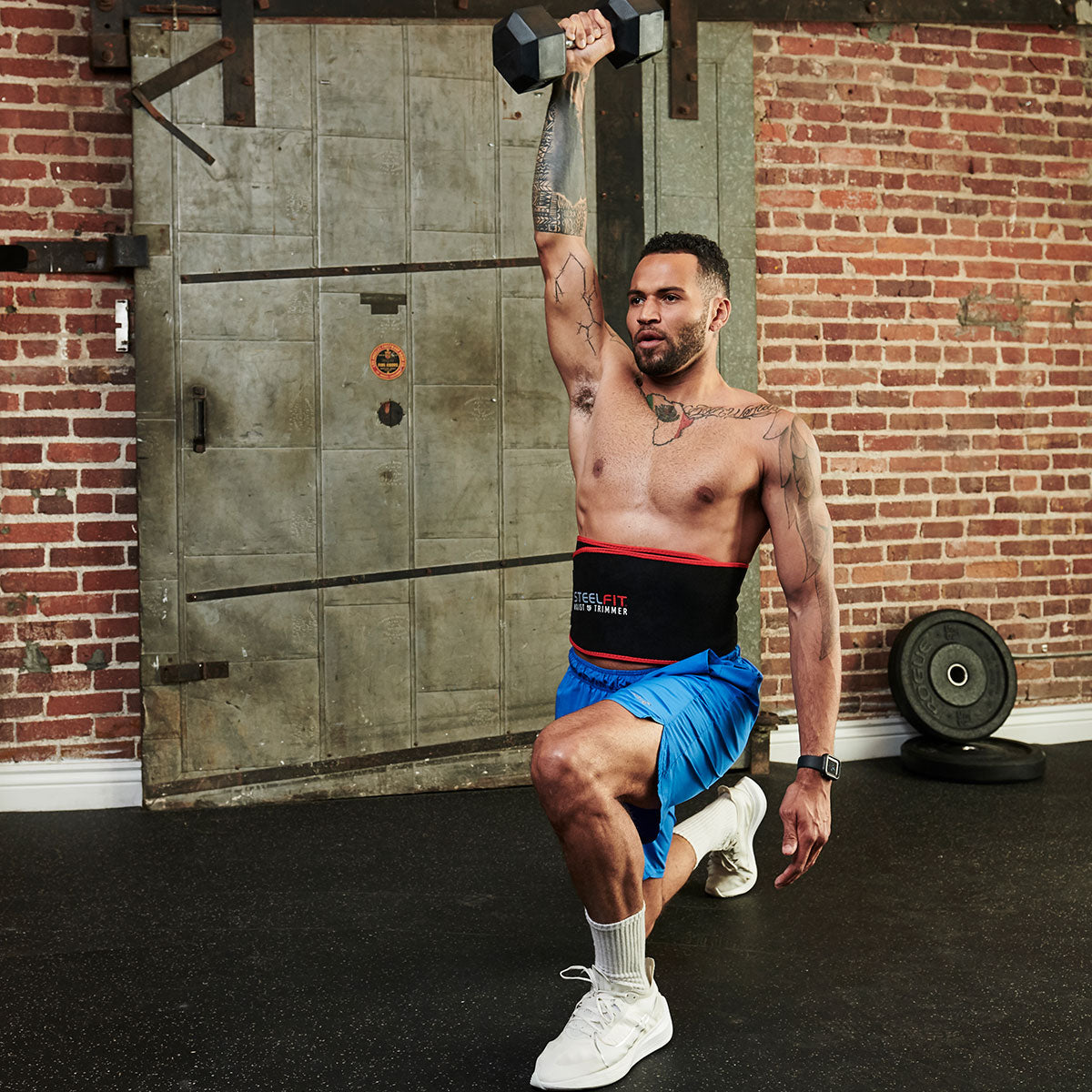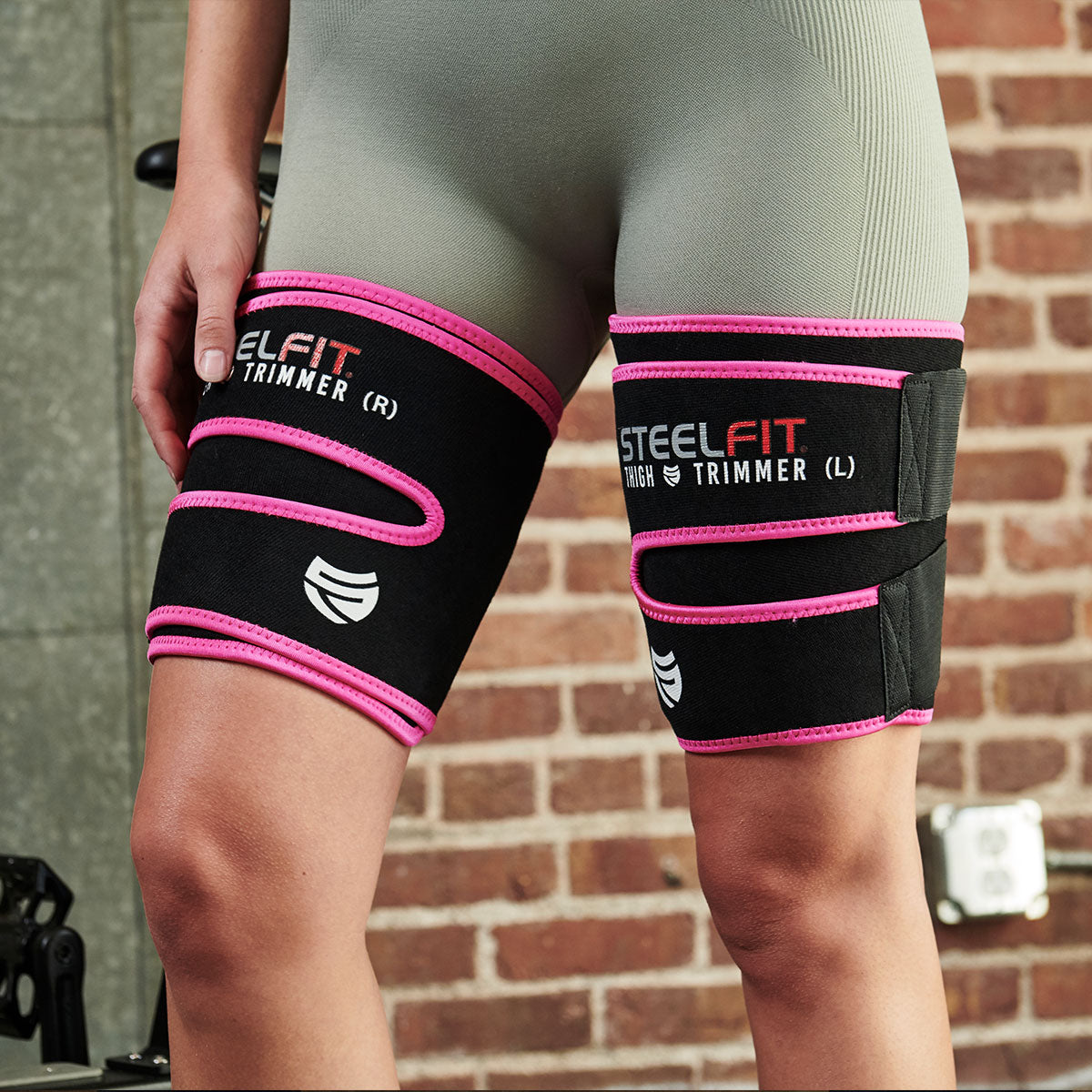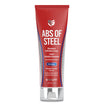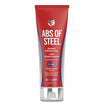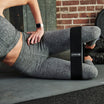If you want to know what tips and tricks you can use to avoid weight gain during the holidays and stay lean without feeling stressed or deprived, you want to read this article.
The holidays are a time for family, friends, fun, and celebration.
The holidays are also the time of year when people decide to stop working out and bail on their diet. As a result, millions of people deal with unwanted weight gain, which prompts those same millions to make a New Year’s resolution to get “serious” about their health and fitness and go on one of the many trendy fad diets.
But, wouldn’t it be great if you could still enjoy the holidays and not have to sacrifice the physique you’ve spent the better part of the past year developing? You can!
Best of all, it won’t require any gimmicks, avoidance of certain macronutrients (we’re looking at your carbohydrates), or ridiculous exercise protocols.
We've come up with five diet tips to help you avoid the holiday weight gain and stay lean and mean throughout your break!
5 Ways to Stay Lean During the Holidays
1. Make Sure You Consume Enough Protein Each Day
Protein is the crucial cog for staying lean and avoiding the dreaded holiday way gain for a couple of reasons:
- Protein is essential for maintaining your muscle.It provides the building blocks (essential amino acids) your body needs to build and repair muscle. You must make sure to eat enough protein every day while you’re traveling for the holidays.
- Protein is highly satiating. Research notes that of the three macronutrients (protein, carbohydrates, and fats), protein is the most satiating of the lot. <1> Research also shows that when individuals consume higher protein diets, they reduce food intake.<2>Why is this a big deal? Holiday weight gain occurs as a direct result of eating too many calories each day. You're also a higher risk for losing muscle during the holidays since sweet treats (cookies, cake, candy) are available in abundance, and protein options are typically in short supply. By prioritizing protein at each meal, you're protecting your muscles from breakdown and also reducing the chances of overeating.
How Much Protein Should I Eat Per Day?
A good rule of thumb is to aim for eating roughly 1 gram of protein per pound of body weight every day.
The easiest way to keep track of your daily protein intake is with a food tracking app on your phone, such as MyFitnessPal.
MyFitnessPal allows you to search a database of thousands of foods and track the nutrition data of the food you eat (or plan to eat) during the day. This helps reduce the amount of guesswork involved in figuring out how much protein you’ve consumed throughout the day as well as helps you make better decisions about what you’ll eat.
If you know ahead of time that where you will be traveling for the holidays (and the people you will be visiting) tends to have limited protein options available, it never hurts to packs some whey protein powder with you.
Whey Protein Powder (such as Steel Whey) provides a low calorie, high protein snack that helps you hit your protein quota for the day and tastes delicious.
Two other things in regard to protein intake that bear mentioning:
- Leaner individuals tend to require slightly more protein. This means that if you’re a guy with ~10% (or girl with ~15%) body fat or less, definitely get 1-1.1g/lb of bodyweight. If you’re carrying 15-20% or higher for body fat, you can easily get away with consuming between 0.8-1 gram per pound of body weight and not worry about losing muscle.
- Proteins from carbohydrate and fat sources (nuts, avocados, pasta, etc.) count toward your daily protein goal. These proteins may not be as high quality as animal-based ones, but they still count. For example, if you need 150 grams of protein per day and you get 120 grams from lean meats, dairy, and protein powder, the other 30 grams can easily come from vegetables, grains, legumes, etc.
2. Reduce Meal Frequency
If you’re like most fitness-minded individuals, you probably eat multiple times per day, frequently averaging 4-6 small meals, consuming one every few hours.
While this is great for optimizing muscle protein synthesis and limiting protein breakdown when you're at home (on your regular training schedule and nutrition plan), the constant grazing can lead to severe overeating during the holiday.
As you would expect, day after day of eating more calories than you burn is going to lead to some very unwanted weight gain. And, during the holidays, it's ridiculously easy to fall into the habit of mindless eating. If your holiday get-togethers are anything like ours, the second you walk in the door, you're greeted by a table filled with all manner of sweet indulgences.
Therefore, to help limit the damage done during these periods of indulgence, it may be helpful to remove a few of your meals throughout the day and eat less frequently. This way you can save or “bank” calories for the big meals with all of your family and friends later in the day.
So, instead of having 5-6 small meals spaced every 2-3 hours, eat three larger meals spaced 5-6 hours apart. If, for example, you're currently following a meal plan that looks a little something like this:
- Breakfast: 8 AM
- Pre-Workout Meal: 11 AM
- Post Workout Meal: 2 PM
- Dinner: 6 PM
- Pre-Bed Snack: 10 PM
Why not try this schedule during the holiday:
- Breakfast: 8 AM
- Lunch: 1 PM
- Dinner: 6 PM
So long as you're getting in enough protein and calories each day, you don't need to worry about losing muscle, as the theory behind increased meal frequency leading to better fat loss and muscle gain has been mostly debunked. Hitting your macronutrient goals each day is far more important than how many meals you eat or how frequently you eat them.
3. Practice Intermittent Fasting (if necessary)
Intermittent fasting (IF) is a pattern of dieting that revolves around restricting your food intake for extended periods, and then consuming your days’ worth of calories during a pre-set "feeding window."
Intermittent Fasting is related to meal frequency, but slightly different, and to be honest, it deserves its own section because it’s incredibly useful when you’re traveling (and a real lifesaver during the holidays when you don’t want to go ham on the table of desserts).
The most common way to practice intermittent fasting (or intermittent feasting, depending on how you look at it), is to fast for 16 hours each day, and eat only during your 8 hour “feasting”’ window.
Some people adopt a slightly longer fasting period and fast for 20 hours per day and shovel down their calories during a rather small 4-hour feeding window.
Note: This 20:4 fasting, feasting window may work for those with lower calorie intakes, but if you're bulking or have a fast metabolism, it can be quite challenging (not to mention uncomfortable) cramming down 3,000+ calories in only 4 hours.
Still another way to practice intermittent fasting is to do a one day on, one day off approach where you fast one entire day, and then eat the next. Though, we’re not really in favor of this method if you’re actively trying to build muscle.
Intermittent fasting by definition helps reduce meal frequency, and it also helps increase fat burning and reduce fat storage. This is because when you're fasting, insulin levels are low.
When insulin is elevated (for example, after consuming meals high in protein and carbohydrates), fat burning is turned off, and energy storage is activated (which includes fat storage). <3>
Now, don't think that insulin inherently causes fat gain (it doesn't, by the way, consuming more calories than you burn does), but when it is elevated, your body is not burning any of its stored body fat -- it's busy using the food you just ate for energy to perform whatever tasks it needs to.
The intermittent fasting protocol favored by most of the individuals who follow it was developed by Martin Berkhan of Lean Gains fame and entails:
- Fasting for 16 hours per dayDuring this time, you consume no food (not even keto-approved ones). You are allowed to consume non-calorie containing beverages though, such as black coffee, unsweetened tea, diet sodas, and, of course, water.
- Eating only during an 8-hour feeding window during your feasting window, focus on hitting your protein goals for the day (1 gram per pound of body weight). Also, if you're planning on training and intermittent fasting, we'd suggest training during your feeding window, or breaking your fast immediately after your training session is complete. Resistance training causes muscle breakdown, and if you're serious about limiting the amount of muscle you lose and subsequently building muscle as fast as possible, you will want to eat before and after training. Plus, having some food in your system prior to training (particularly carbohydrates) supports greater performance during your workout.
Speaking of exercise during the holidays...
4. Exercise First Thing in the Morning
When people go on vacation or travel for the holidays, they view it as a time to take a break from their training program. While this might be tempting, and you might even feel that your body needs a break from the weights, we're going to caution against going completely without any exercise while you're away from home.
Exercise has a number of important benefits aside from preserving lean muscle mass. It also supports heart health and cognitive function, boosts mood, and alleviates stress (which can build up when visiting family for the holidays). <4,5,6>
So, at the very least, train to combat stress and have peace of mind.
And, another thing, schedule your workouts for first thing in the morning, or right before a big meal. There’s no shortage of interruptions or things popping up last minute that can derail you from getting in a quick workout.
The easiest way to avoid these situations and still get in your training is to make it a priority and exercise first thing in the morning.
Now, if you’re following point #3 above and utilizing intermittent fasting, but don’t want to risk excessive muscle breakdown during your workout, you can sip on some BCAAs (such as Steel Fuel) to preserve muscle and limit muscle breakdown.
Drinking BCAAs will cause a small increase in insulin, but not nearly as much as consuming a full-on meal or even a whey protein shake. <7>
The truth is, it doesn't take nearly as much training volume to retain muscle that you have built as it does to build new muscle tissue. So, if you're not actively in a bulking phase while traveling (and not many people are), and you want to hold onto the muscle that you've built, you only need to train two times per week at most.
Now the volume and intensity of these sessions will have to be rather high compared to your typical training days, but if all you’re interested in is preserving your current amount of lean mass, and not losing any, then two days per week is all you need.
All that being said, if you either don’t feel like finding (or can’t find) a gym to lift weights during your travels, performing bodyweight workouts, or you simply don’t have the time, we’d suggest you perform a few brief (20-30 minutes) sessions of high-intensity interval training (HIIT) to help burn off some calories and create a bit of a “carb sink” in your muscles.
High-intensity interval training, as well as resistance training, relies primarily on stored carbohydrates (glycogen) in your muscles. Training before a huge family feast helps deplete your glycogen stores. <8>
The way the body refuels these depleted stores with carbohydrates. <9>
So, by burning through a portion of your glycogen stores (via HIIT or resistance-training) before eating, you can earn some "free carbs" in your post-workout meal.
Best of all, your body will not store the carbohydrates you eat as fat until your glycogen levels are full.<9>
Our favorite method for performing HIIT is using a work to rest ratio of 1:2 where you perform 30 seconds of all-out effort followed by 60 seconds "rest" (active recovery) and very low intensity.
You can perform your intervals using bodyweight exercises, sprints, recumbent bikes, rowing machines, or any other cardio machine of choice.
5. R-E-L-A-X & Enjoy Yourself!
The holidays are a time to cut loose (within reason) and enjoy the company of those with whom you are closest and don’t get to see all that often. Do your best to limit overindulgence in all the “naughty” foods, but at the end of the day, it’s not worth increasing your stress levels and ruining your mental health.
If you happen to go overboard at one meal, make up for it at the next by eating less, training harder the next day, and/or toying with some intermittent fasting. Planning your meals outside of the big family feasts can also help.
And besides, any damage that is done during the time you’re gone during the holidays can easily be undone with a brief mini-cut when you return from your time away from home.
The Bottom Line on Staying Lean During the Holidays
The holidays are meant to be the time of year when we celebrate and give thanks for all that we have received during the year. Make the most of this time and enjoy it to the fullest extent possible.
And, if you're looking to keep the lean, sexy physique you've worked so hard all year long to build, use the above strategies to limit any "damage" you'll do to your body composition. With these five tips, you'll be able to enjoy food to your heart's content every day over the holidays and start the new year right where you left off before the holiday season started.
References
- "Fat As a Risk Factor for Overconsumption: Satiation, Satiety, and Patterns of Eating." ScienceDirect.com | Science, Health and Medical Journals, Full Text Articles and Books, www.sciencedirect.com/science/article/pii/S0002822397007335.
- Woods SC, D’Alessio DA, Tso P, Rushing PA, Clegg DJ, et al. Consumption of a high-fat diet alters the homeostatic regulation of energy. Balance Physiol Behav. 2004;83(4):573–78.
- Mechanisms of nutritional and hormonal regulation of lipogenesis. EMBO Rep. 2001;2(4):282-6.
- "Health Benefits of Physical Activity: the Evidence." PubMed Central (PMC), Mar. 14, www.ncbi.nlm.nih.gov/pmc/articles/PMC1402378/.
- "Physical Activity Reduces Stress | Anxiety and Depression Association of America, ADAA." Home | Anxiety and Depression Association of America, ADAA, adaa.org/understanding-anxiety/related-illnesses/other-related-conditions/stress/physical-activity-reduces-st.
- "Exercise Holds Immediate Benefits for Affect and Cognition in Younger and Older Adults." PubMed Central (PMC), www.ncbi.nlm.nih.gov/pmc/articles/PMC3768113/.
- Kalogeropoulou D , et al. "Leucine, when Ingested with Glucose, Synergistically Stimulates Insulin Secretion and Lowers Blood Glucose. - PubMed - NCBI." National Center for Biotechnology Information, www.ncbi.nlm.nih.gov/pubmed/19013300.
- Gollnick PD , et al. "Selective Glycogen Depletion Pattern in Human Muscle Fibres After Exercise of Varying Intensity and at Varying Pedalling Rates. - PubMed - NCBI." National Center for Biotechnology Information, www.ncbi.nlm.nih.gov/pubmed/4278539.
- Ivy JL. Regulation of muscle glycogen repletion, muscle protein synthesis and repair following exercise. J Sports Sci Med. 2004;3(3):131-8. Published 2004 Sep 1. https://www.ncbi.nlm.nih.gov/pmc/articles/PMC3905295/
- JL, Ivy. "Glycogen Resynthesis After Exercise: Effect of Carbohydrate Intake. - PubMed - NCBI." National Center for Biotechnology Information, www.ncbi.nlm.nih.gov/pubmed/9694422.
